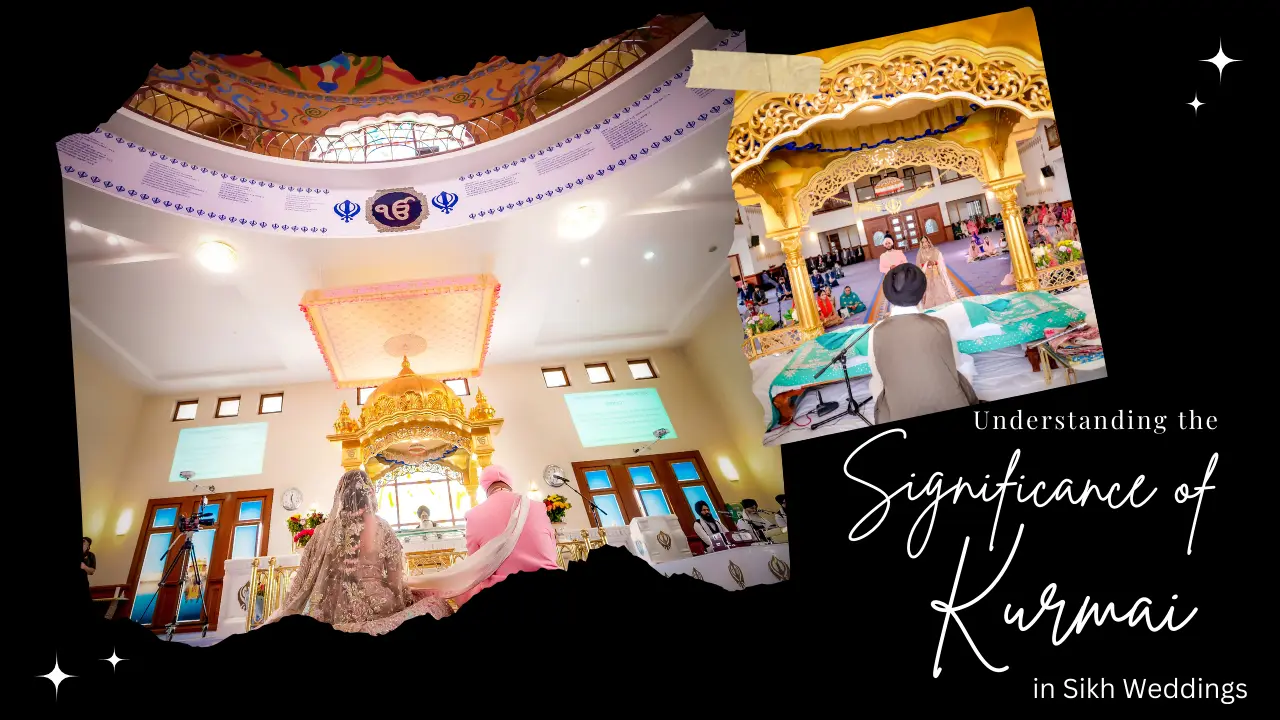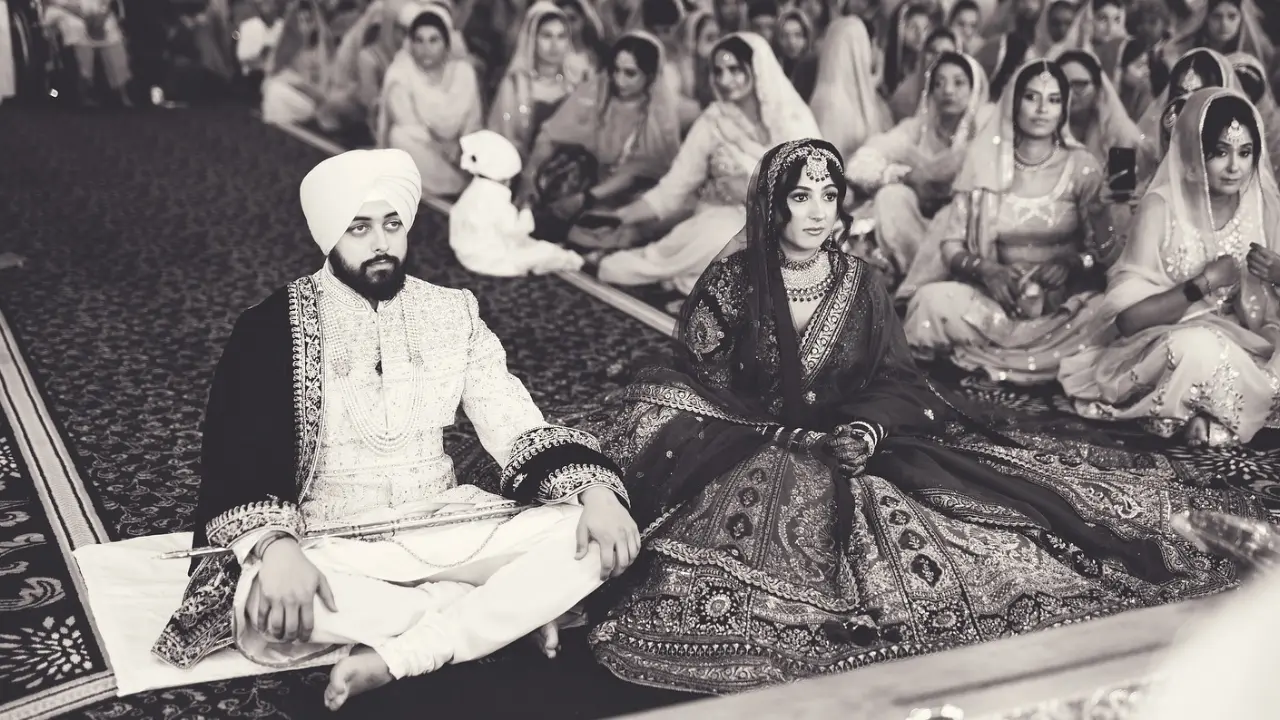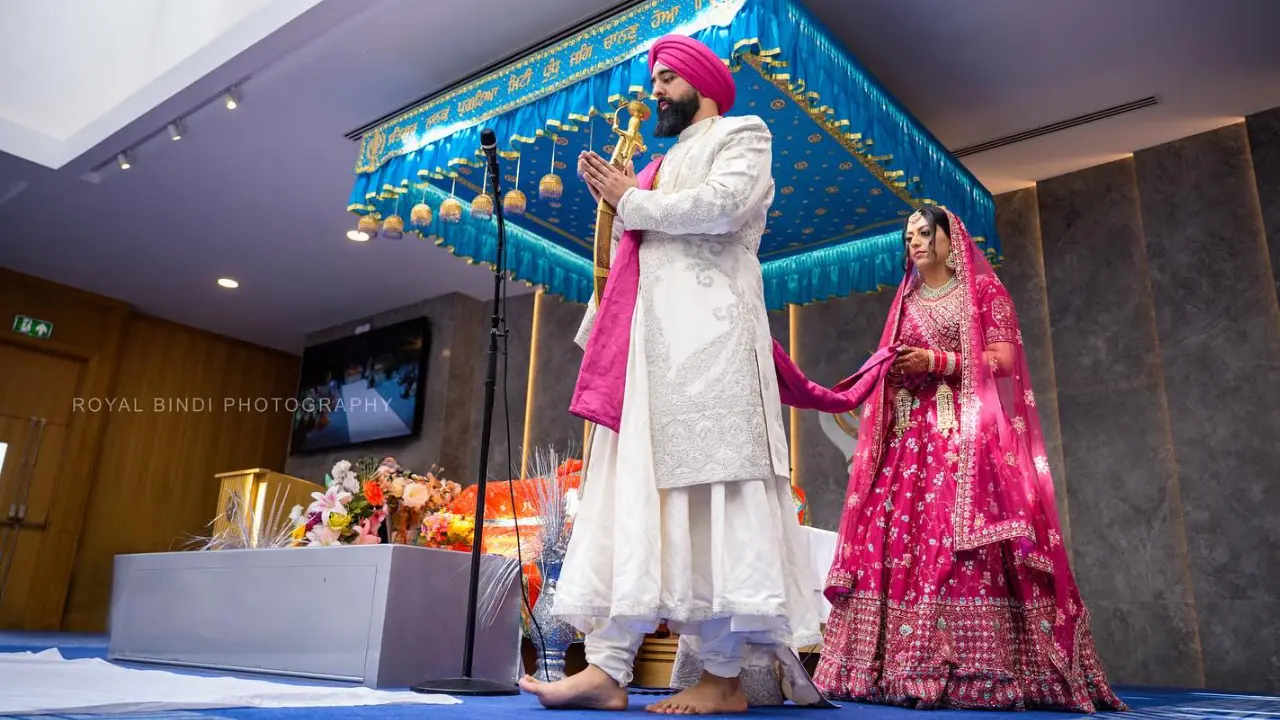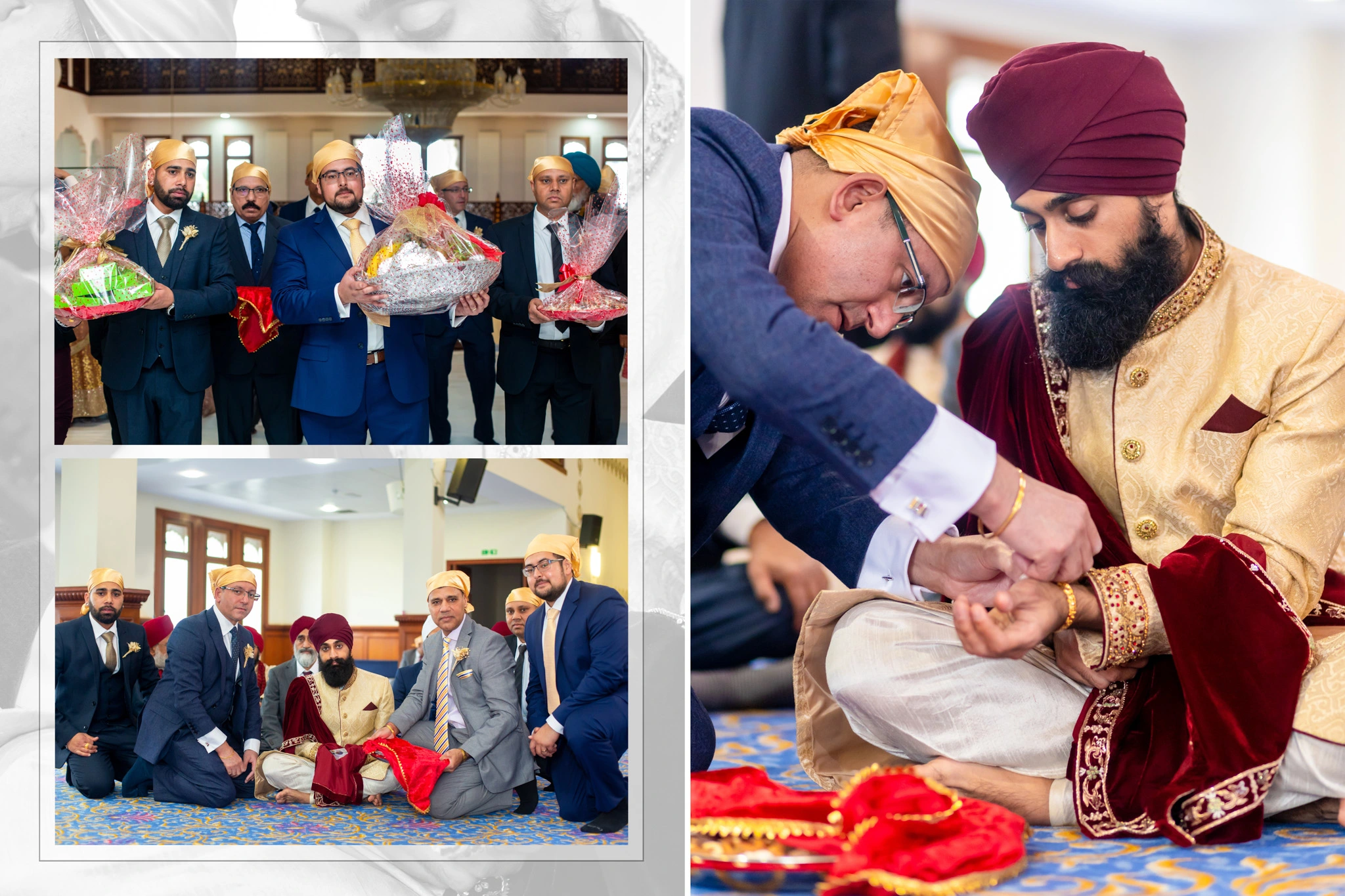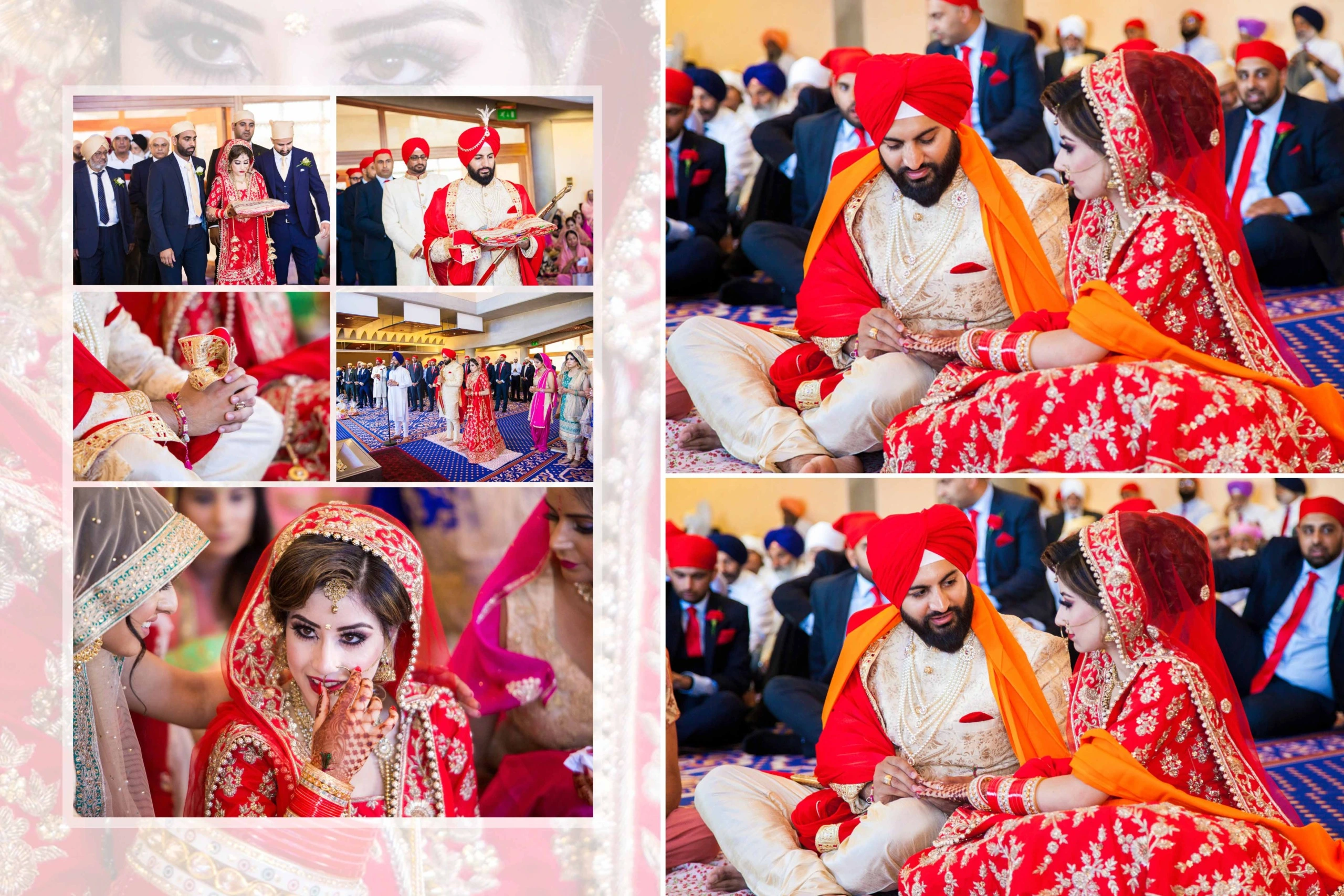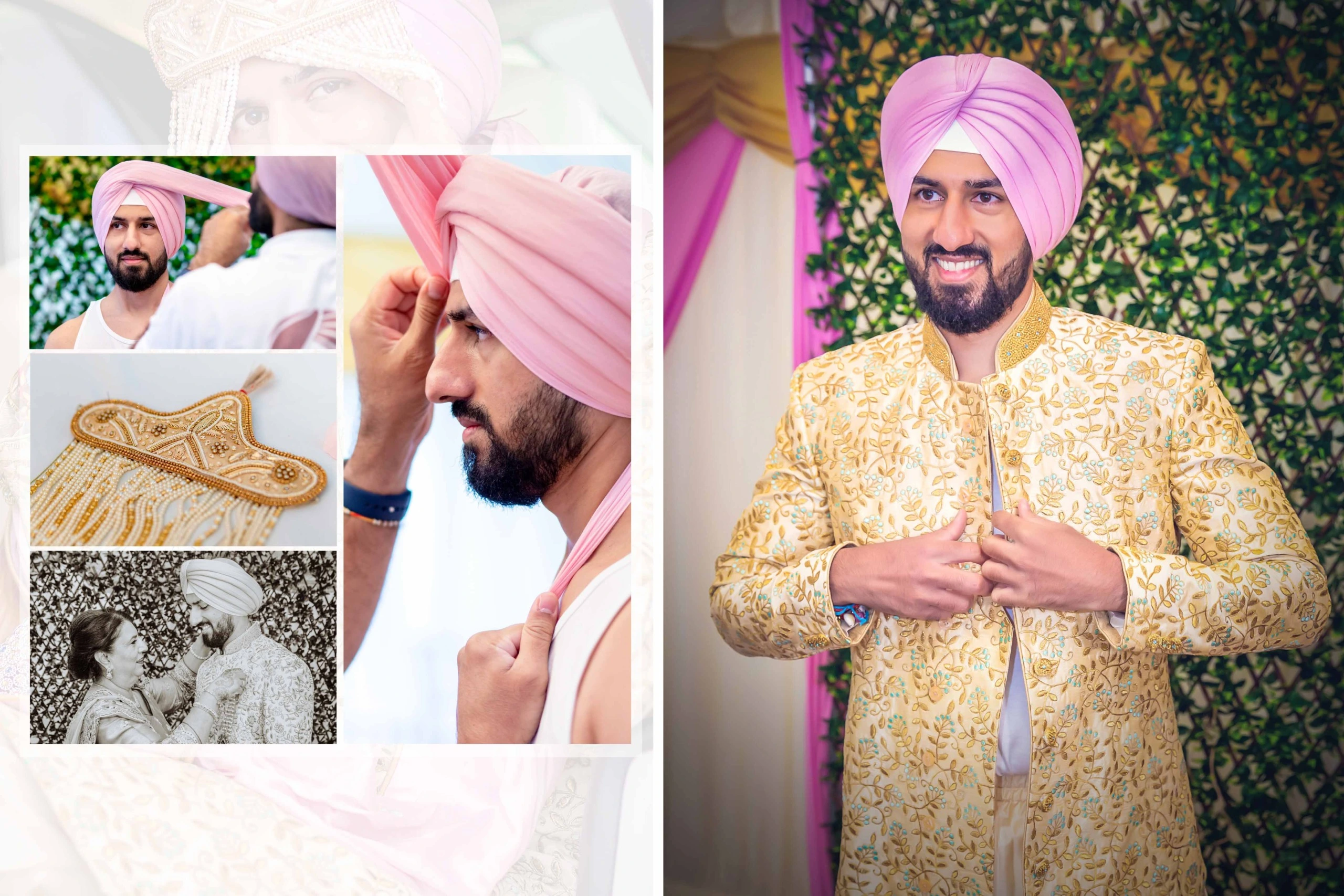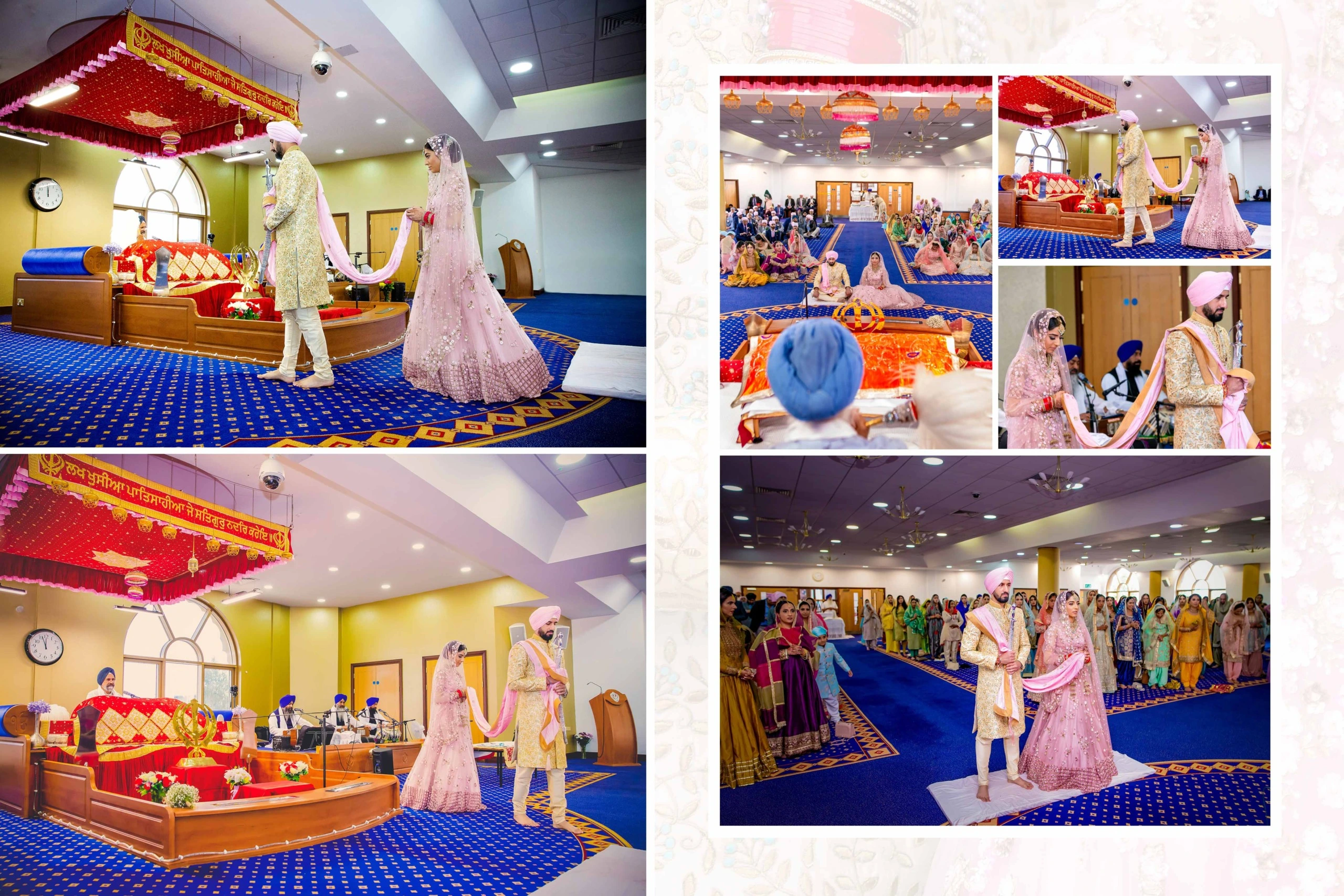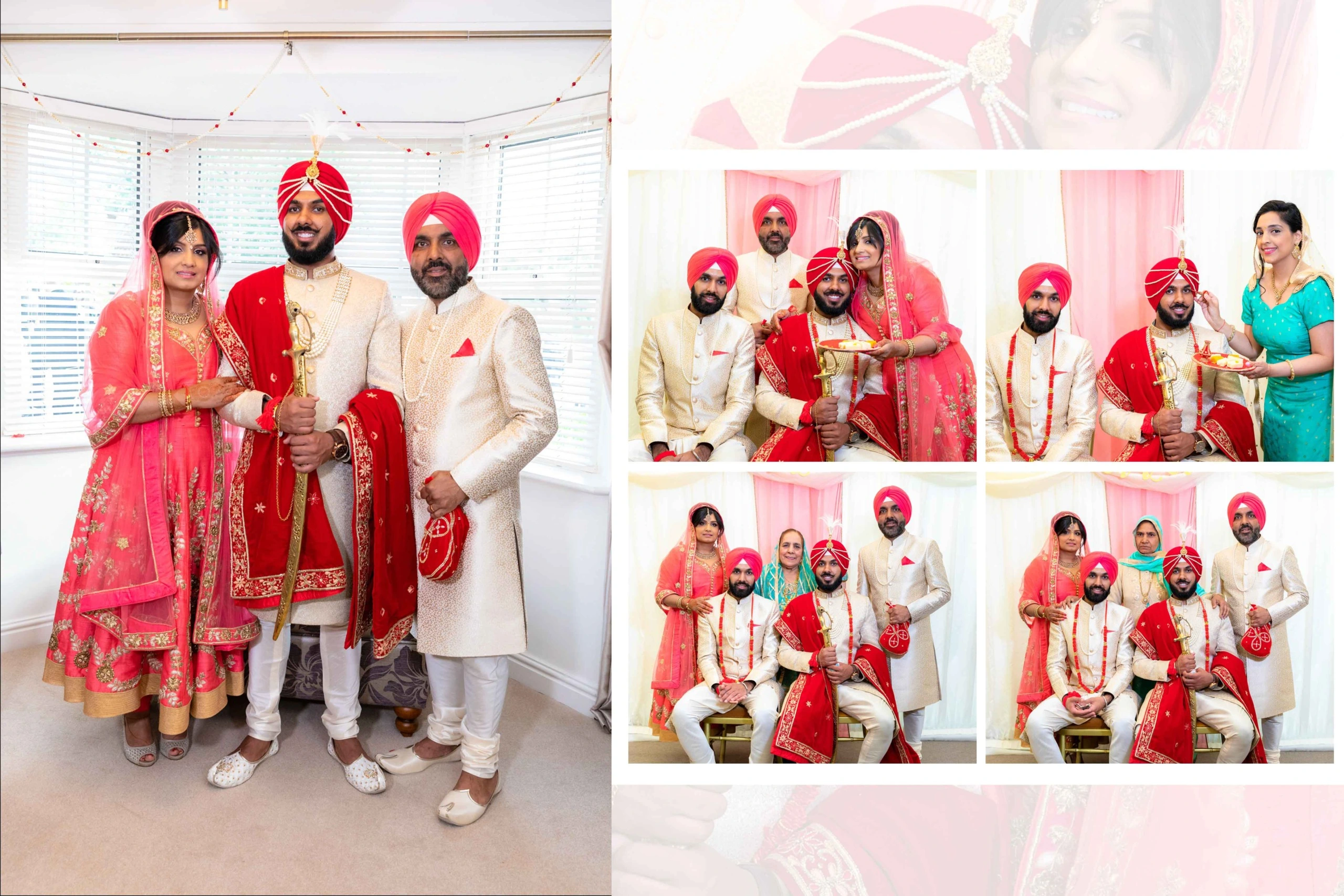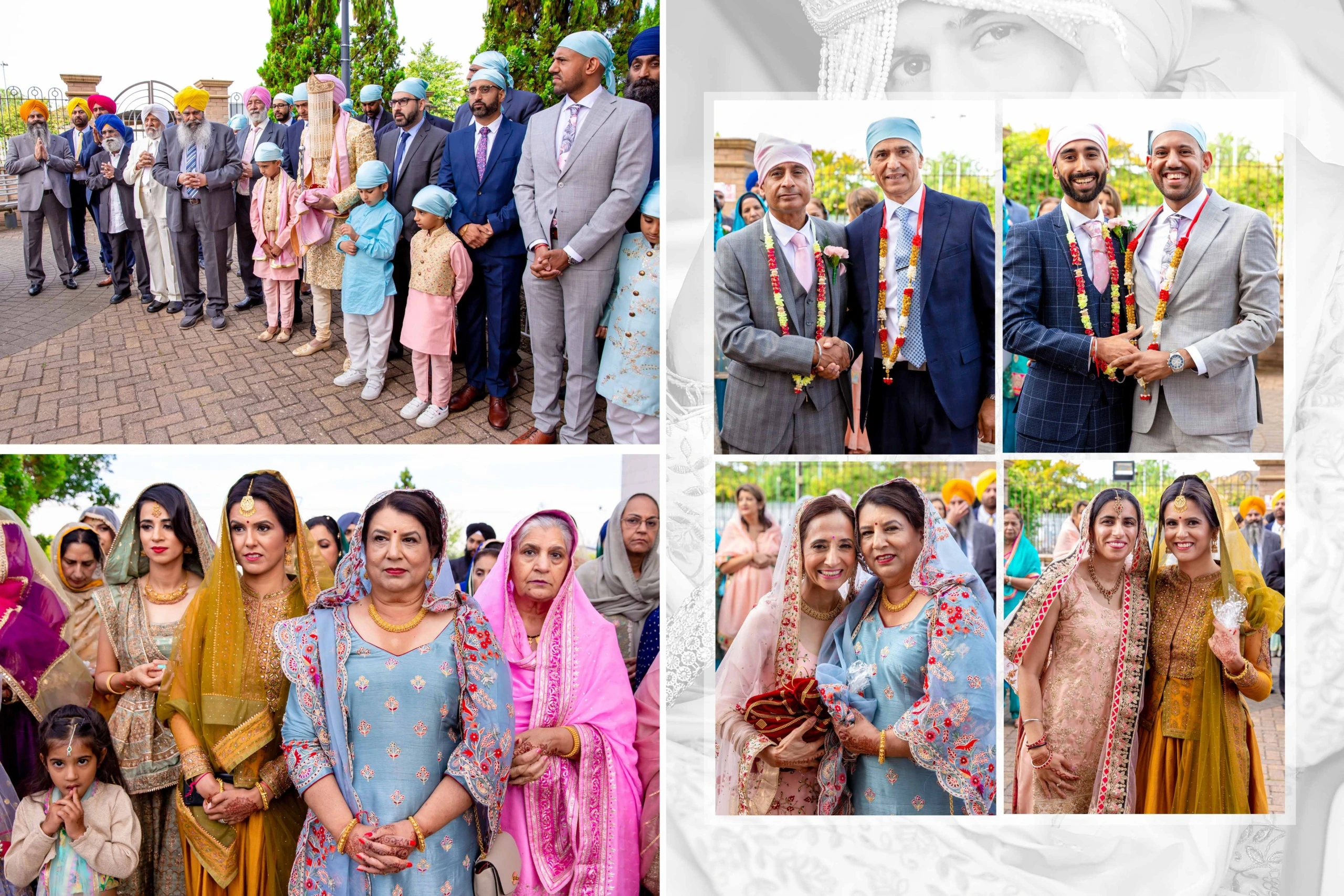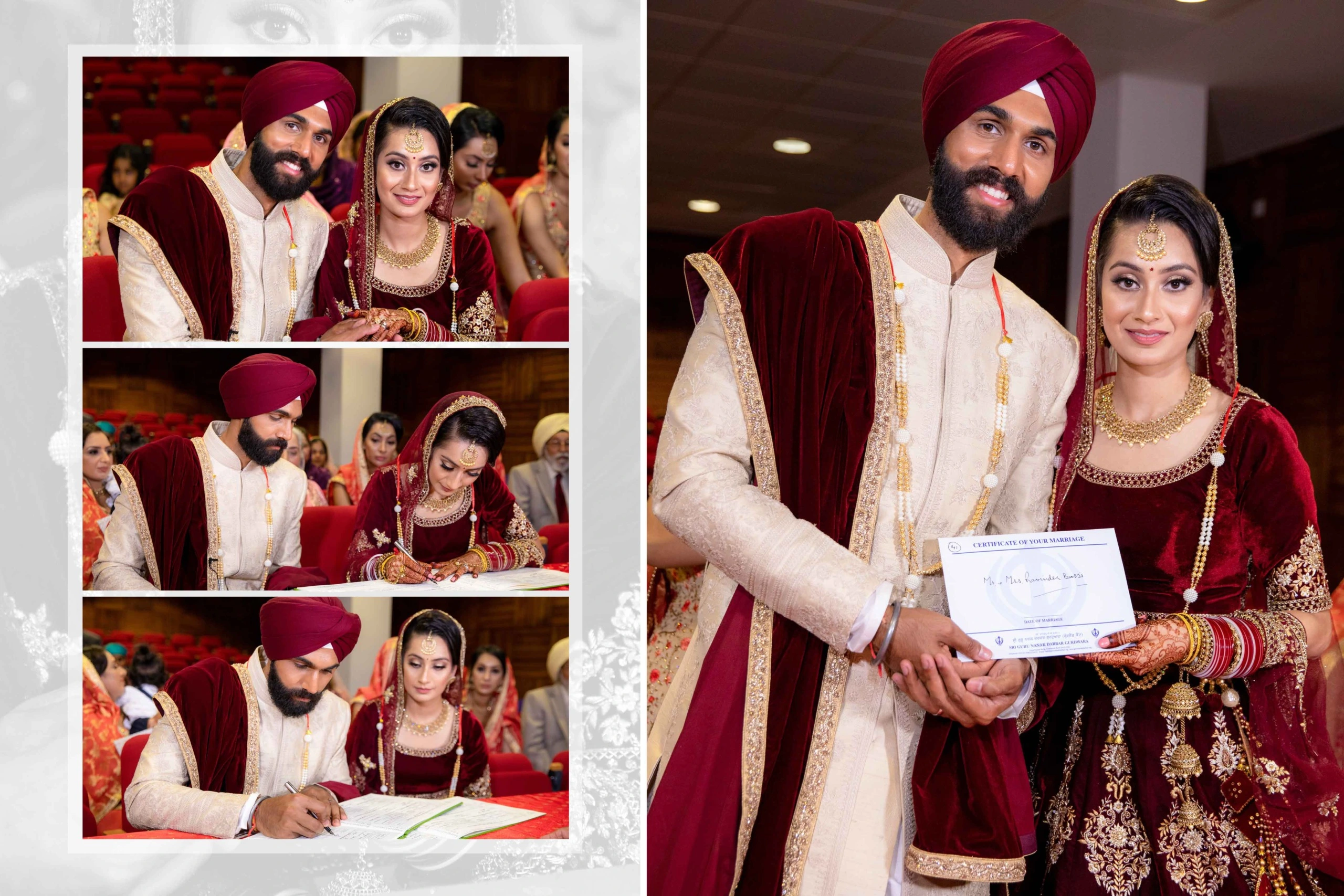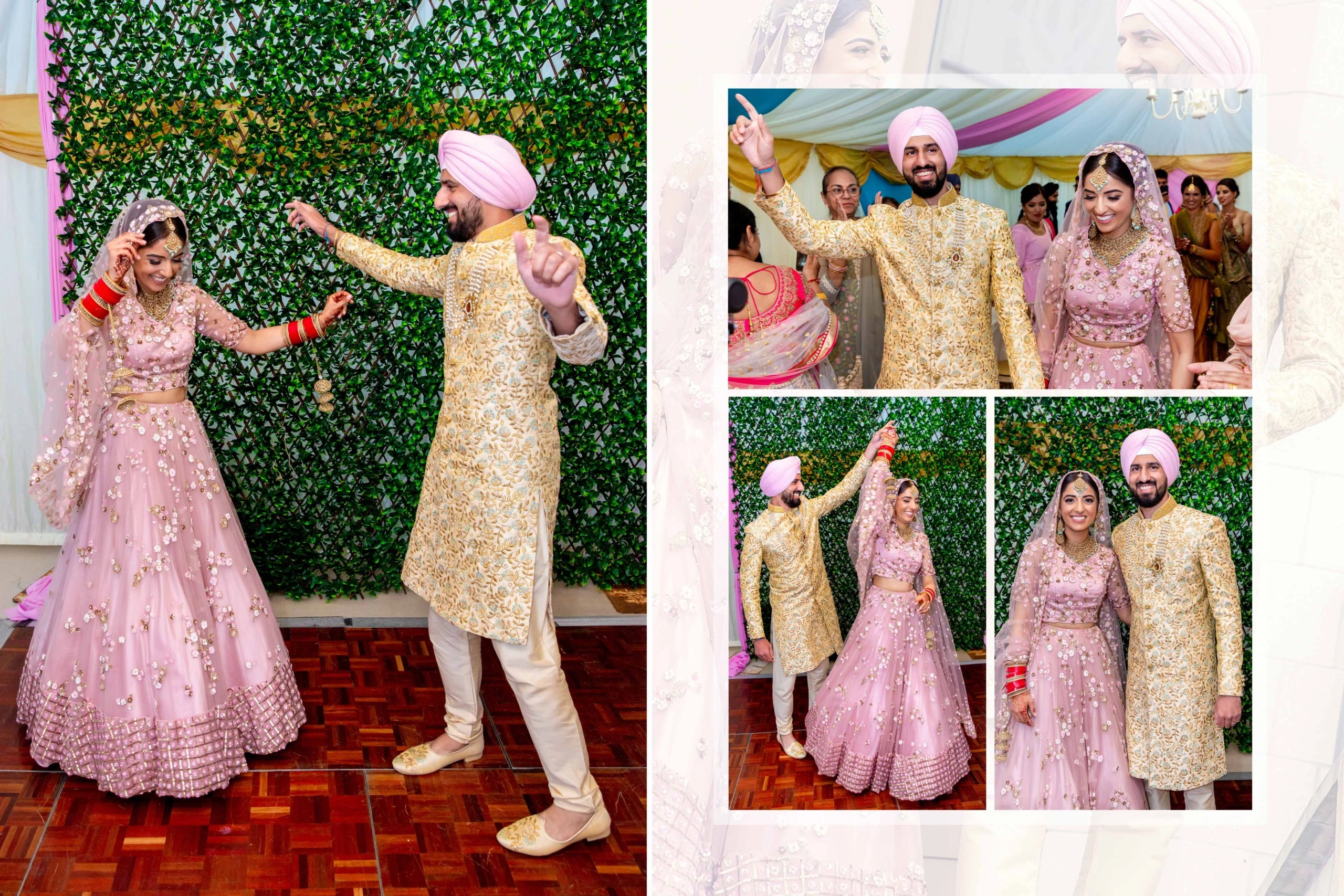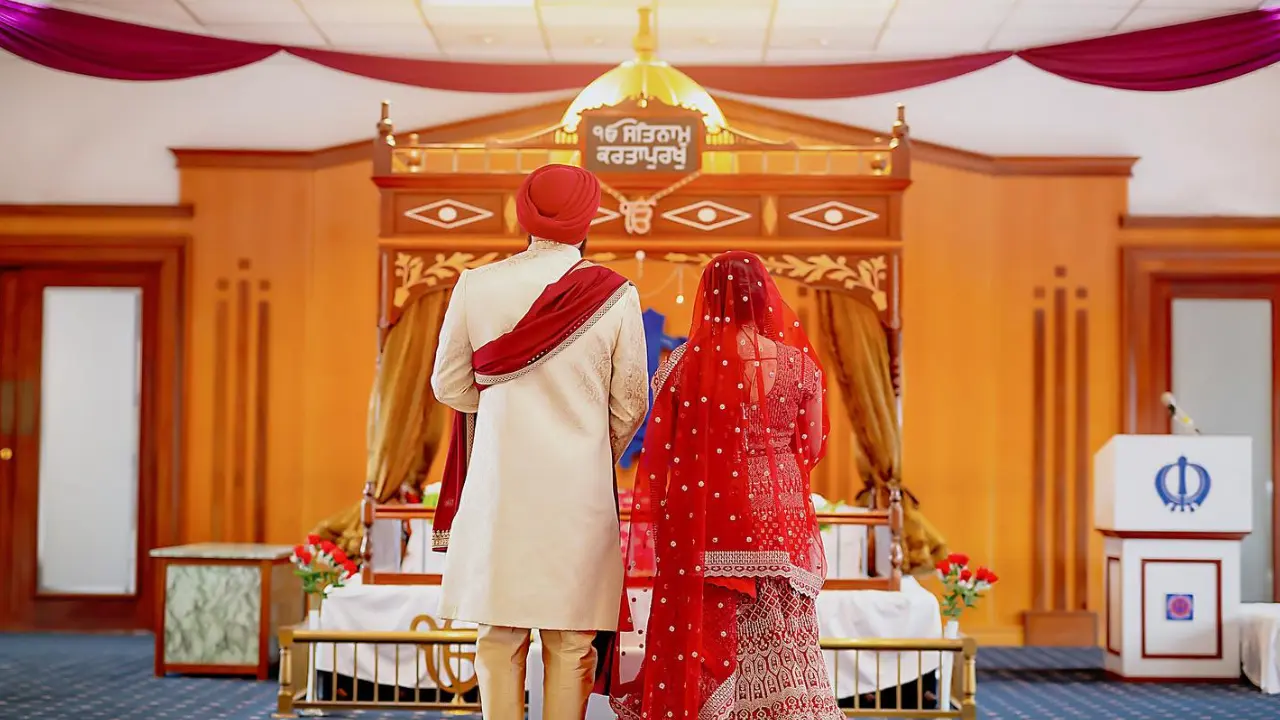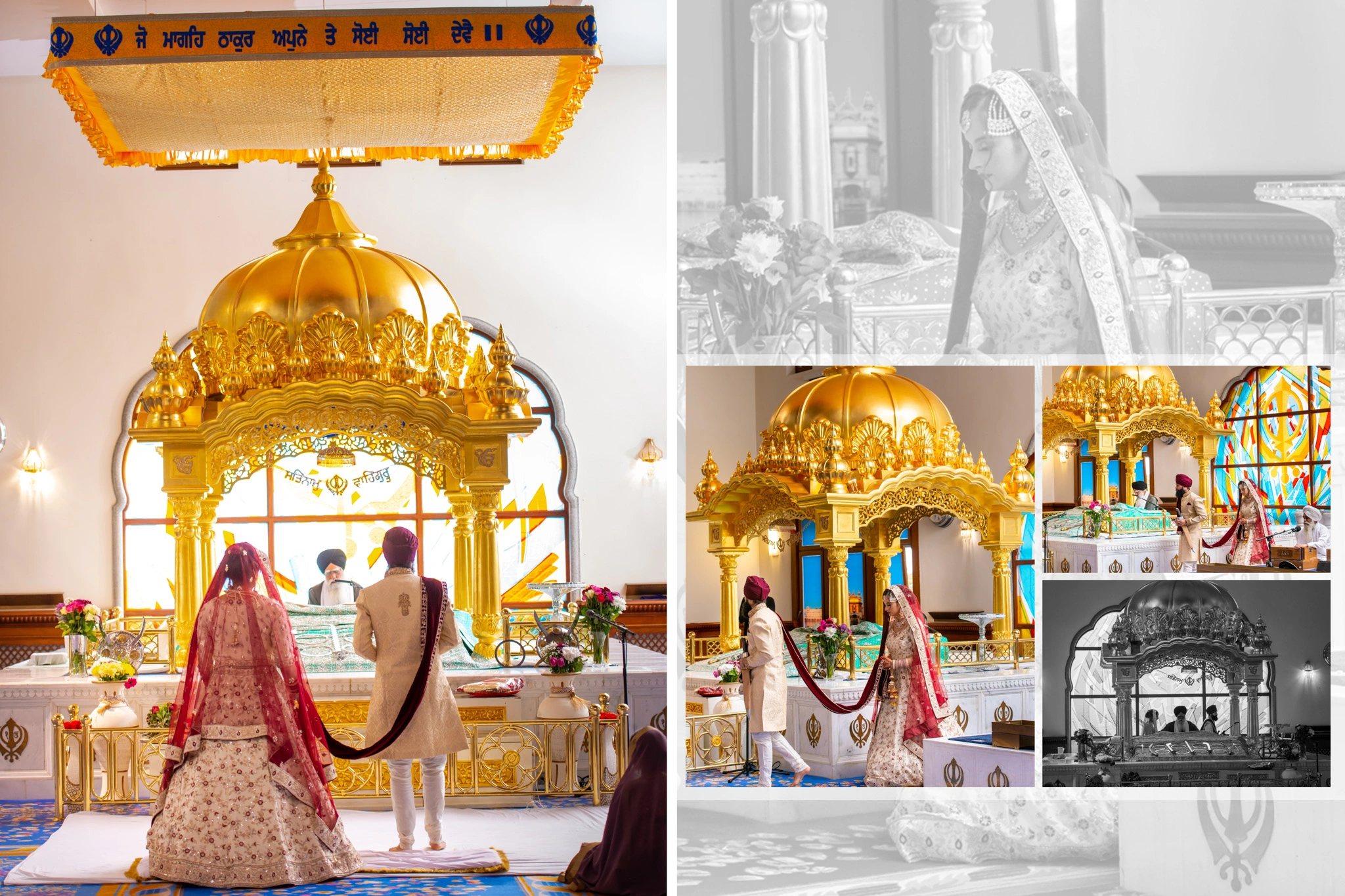Understanding the Significance of Kurmai in Sikh Weddings
Planning a Sikh wedding and curious about its unique customs? The Kurmai, or engagement ceremony, is a cherished pre-wedding event in Sikh culture that brings heartfelt blessings and family connections. For UK couples, understanding Kurmai enhances the meaning of this beautiful tradition. As a top Punjabi wedding photographer in the UK, we’ve put together a guide to cover everything you need to plan a memorable Kurmai celebration.

